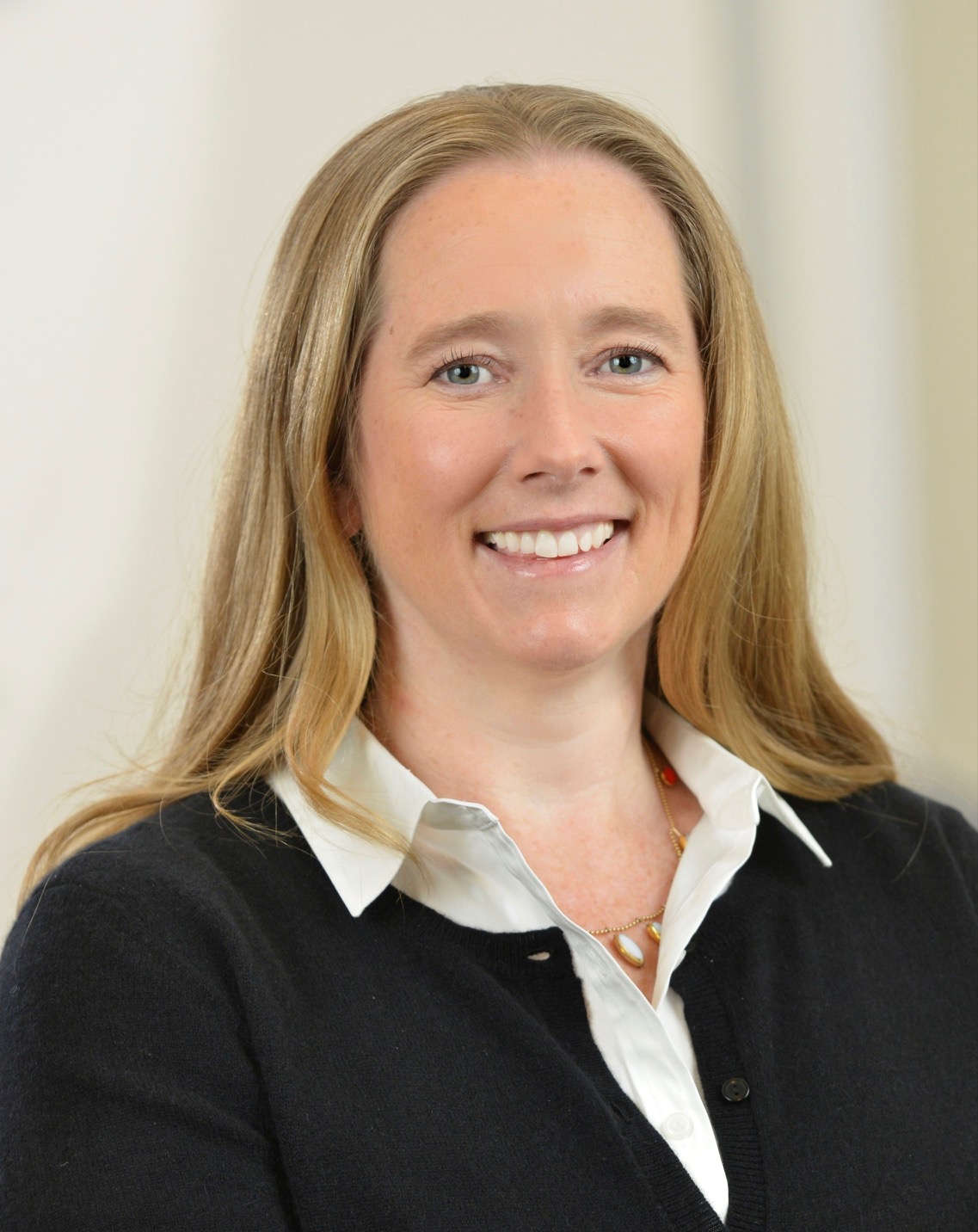Broadcom samples the first 51.2-terabit switch chip
 Tuesday, August 16, 2022 at 5:55PM
Tuesday, August 16, 2022 at 5:55PM - Broadcom's Tomahawk 5 marks the era of the 51.2-terabit switch chip
- The 5nm CMOS device consumes less than 500W
- The Tomahawk 5 uses 512, 100-gigabit PAM-4 (4-level pulse amplitude modulation) serdes (serialisers-deserialisers)
- Broadcom will offer a co-packaged version combining the chip with eight 6.4 terabit-per-second (Tbps) optical engines
Part 1: Broadcom's Tomahawk 5
Broadcom is sampling the world's first 51.2-terabit switch chip.
With the Tomahawk 5, Broadcom continues to double switch silicon capacity every 24 months; Broadcom launched the first 3.2-terabit Tomahawk was launched in September 2014.
"Broadcom is once again first to market at 51.2Tbps," says Bob Wheeler, principal analyst at Wheeler's Network. "It continues to execute, while competitors have struggled to deliver multiple generations in a timely manner."
 Bailly,
Bailly,  Bob Wheeler,
Bob Wheeler,  Broadcom,
Broadcom,  Dell'Oro,
Dell'Oro,  Humboldt,
Humboldt,  Pete Del Vecchio,
Pete Del Vecchio,  Tomahawk 4,
Tomahawk 4,  Tomahawk 5 in
Tomahawk 5 in  OFC 2022
OFC 2022  Print Article
Print Article 


